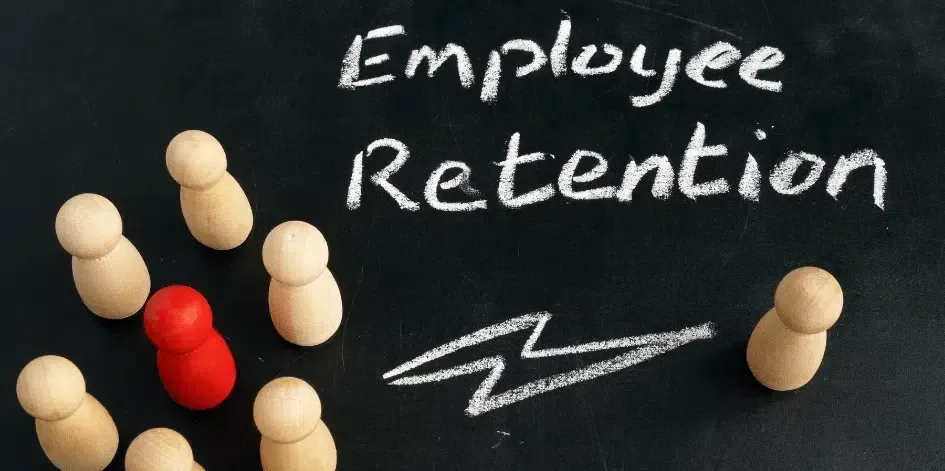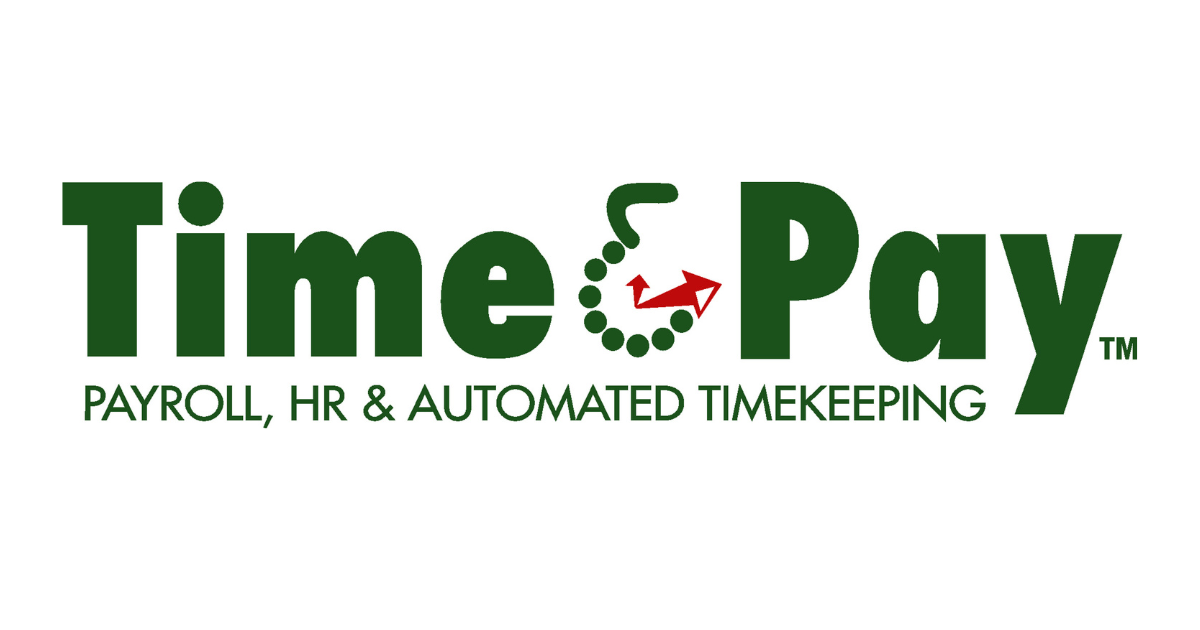Stay Informed with Time & Pay

By Andy Scheu
•
January 10, 2025
On December 23, 2024, President Biden signed into law two significant pieces of legislation aimed at streamlining Affordable Care Act (ACA) reporting requirements for employers: the Paperwork Reduction Act (PRA) and the Employer Reporting Improvement Act (ERIA). These laws introduce several changes that will affect Applicable Large Employers (ALEs) and other entities responsible for furnishing Forms 1095-B and 1095-C to individuals. Key Provisions of the Paperwork Reduction Act (PRA): • Simplified Form Furnishing: Employers can satisfy the requirement to furnish Forms 1095-B or 1095-C by providing a clear, conspicuous, and accessible notice to employees, informing them that they can request a copy of the form. Upon request, the employer must provide the form by the later of January 31 of the following year or within 30 days of the request. • Effective Date: These changes apply to forms for the calendar year 2024, which are due in 2025. • Electronic Filing Requirement: ALEs must continue to electronically file forms with the IRS. • State-Specific Requirements: The federal provisions do not override any state-specific requirements; employers must continue to comply with state mandates regarding form furnishing. Key Provisions of the Employer Reporting Improvement Act (ERIA): • Electronic Form Delivery: Employers are permitted to furnish Forms 1095-B and 1095-C electronically, provided they obtain the employee's consent. • Alternate Information Use: If an individual's Social Security Number (SSN) is unavailable, employers may use the individual's date of birth for Form 1095-B or 1095-C reporting. However, this exception does not apply to Form 1095-C for employees. • Extended Response Time: The response time for initial Employer Shared Responsibility Payment (ESRP) letters has been extended If you are a Time & Pay client would like to participate in paperless deliver, please let your CSR at Time & Pay know ASAP via email. If you do choose to participate, we have provided examples of the required Employee Notices below. Please make any edits necessary in order to provide accurate instructions based on your organization’s delivery process. Reference: SyncStream

By Andy Scheu
•
November 6, 2024
In the evolving landscape of U.S. tax policy, President Donald Trump has proposed several changes that could significantly impact payroll processes for businesses. These proposals include eliminating taxes on tips, overtime pay, and Social Security benefits. Understanding these potential changes is crucial for companies to adapt their payroll systems accordingly.

By Andrew Scheu
•
July 31, 2024
Looking for a payroll provider? Learn the importance of payroll compliance and the essential questions to ask when selecting a provider. Ensure your business is protected with expert advice and the right payroll solution. Contact a trusted professional today for peace of mind.

By Andy Scheu
•
April 6, 2023
What’s New? As ERC fraud rises, the IRS is stepping up efforts to warn employers of parasitic companies, and encourage careful review ERC guidelines before claiming any tax credits. The Employee Retention Credit program was created to incentivize employers to keep their employees on payroll in 2020 and 2021, despite economic conditions and supply chain issues brought on by the Covid pandemic. Washington’s intentions were good, but unfortunately, it has led to fraudulent activity that could cost employers thousands in fines, penalties, and tax repayments. What you should know: Parasitic companies offering to help claim ERC on behalf of an employer may market false information, and take liberties to claim more than what their “client” actually qualifies for. These companies typically charge a percentage of the credits they help claim, and are therefore incentivized to claim as much money as possible. Ultimately, it is up the employer to determine whether or not they qualify for employee retention credits. Any fines and penalties for wrongfully claiming ERC will be assessed to the employer, not the company that helped them claim the credit. Before claiming ERC, employers should do their own research to make sure they meet the qualification requirements outlined by the IRS . Employers should also know that owners’ wages, and wages of parties related to the owner cannot be included when calculating the tax credits, nor can credits be claimed on any wages that were paid using funds from forgiven PPP loans. These companies also frequently fail to mention that the employer will need to reduce the wage deductions they claimed on their business’ federal income tax return by the amount of the credit. Summary: Employee Retention Credits have helped employers, who may have struggled in recent years, keep their doors open and keep employees on payroll. Unfortunately, they have also created an opportunity for fraud. Be wary if anything sounds too good to be true, and do your own research to determine whether or not you should claim ERC. Ultimately, it is the employer’s responsibility to determine eligibility and ensure they follow all IRS guidelines. Time & Pay is happy to answer questions and provide guidance to anyone interested. We can also help employers claim credits, and our fees are not based on the amount of money you qualify for, only the amount of time we spend on the project. Contact us today for more information!

By Andy Scheu
•
January 27, 2022
What’s New? Each year, employees anxiously await their W2 so that they can file their tax returns with the expectation that they will receive a substantial windfall of cash in the form of a tax refund from the IRS. A large portion of this refund is often a result of the child tax credit, which increased from $2,000 per eligible child in 2020 to up to $3,600 per eligible child in 2021. As you are probably aware, the IRS also issued advance payments to those who qualified. Payments were issued to qualifying families and individuals with children (unless they opted out) over the course of 6 months, totaling one-half of the tax credit they were eligible to receive. What Does This Mean? The child tax credit advances were aimed to help make sure parents had a little extra income to care for their children, but your employees need to be aware that they will have an effect on their tax refund. There is a chance that their tax refund may be smaller than expected, or they could even owe the IRS money if they did not have enough taxes withheld from their wages throughout the year. Employees should understand that they are still receiving the full amount in child tax credits, but half of that credit has already been issued to them as an advance. How Can You Help? Employers may want to encourage their employees to fill out a new W4 for 2022 in order to help ensure they are having enough federal income tax withheld from their paycheck each pay period. Another available tool is a tax calculator that the IRS developed to help show individuals what their annual tax liabilities will be. Employees with a better understanding of their taxes should help lower financial stress, and lead to a happier employee !

By Andy Scheu
•
December 14, 2021
What’s New? The infrastructure bill , signed by President Biden on 11/15, has ended the employee retention credit program effective 9/30/21. This means that the majority of employers will not be able to claim the credit for Q4 of 2021. Only employers who qualify for the ERC as a recovery startup business will be able to claim the credit for the 4th quarter. Per the IRS , businesses that received advance payments for the 4th quarter or 2021, and are not recover startup business, will need to repay those credits by the due date of the applicable employment tax return in order to avoid penalties. Can I Still Claim the ERC? Employers that qualify for the employee retention credit during any period in 2020, as well as Q1 through Q3 of 2021, can still claim the credit available to them. The deadline for claiming the credit is three years after the original employment tax return was filed. For example, if an employer is eligible for the ERC in Q3 of 2021, they will have until October of 2024 to file an amended 941 in order to claim the credit. Just as the ERC program ended abruptly as part of President Biden’s infrastructure bill, the deadline to claim these credits could be altered by future legislation. It is recommended that employers who qualify work to take advantage of this program as soon as they determine eligibility. If you need help claiming the employee retention credit, or need additional information, contact us today !




